“Vernácula Aysén”, an expositive, editorial, and residency project based in the south of Chile, aims to reconcile rough sensations created by the isolation towards the vertiginous collision of a world stressing aggressively on what is global.
By Rodolfo Andaur | Images courtesy of Vernácula Aysén
“… from an aesthetic perspective, an artist supplies aesthetic experiences, including those produced to frustrate or alter the spectator aesthetic sensitivity…” [1]
Exhibition practice in Aysén region has undoubtedly shown certain dormancy over the recent period. And this because local ‘makers’ have confronted their speeches within a complex cultural infrastructure both on the means used to spread them as on its actions’ proper circulation. Indeed, this situation has affected also new speeches’ creation when it comes to imposing the ‘artistic’ practice dilemmas within an area widely recognized as adverse.
Nevertheless, these last years a transdisciplinary group of thinkers has impulsed their leitmotiv through the surrounding quotidian: on one hand, this region’s rough scenery and on the other, its vernacular architecture. That is to say, they have built an imaginary which turns its view towards other limitations than the eminently artistic and territorial ones.
Carlos Castillo, Constanza Pérez, and Francisca Terrazas form this group that has collectively recalled those margins, externalized by the unreachable of that geography which imposes new political, cultural, and social configurations. Then, when it comes to delving into these imaginaries they have decided to review the everyday complexity through the landscape and architecture of a project entitled Vernácula Aysén.
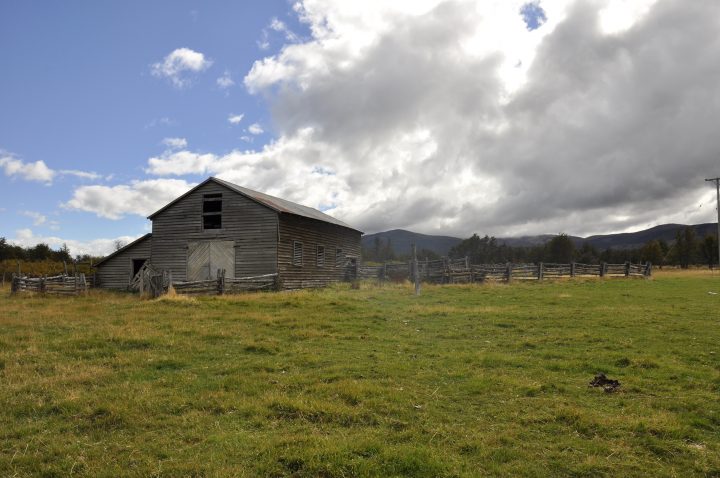
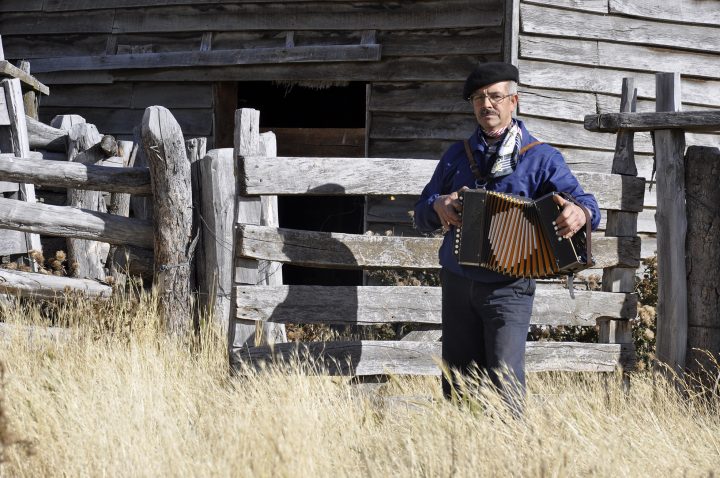
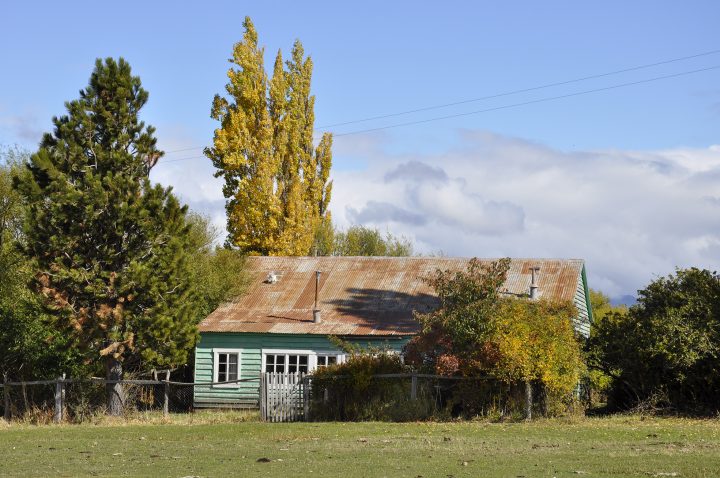
The logic of this residency, exhibition, and editorial project is certainly landscape and how its particularities have significantly varied when it comes to studying it. However, this project has been focused on a thoroughful analysis’ basis respecting a particular habitability. This is why when observing natural phenomena, industrialization, and human location’s effects, this group has reformulated the hypothesis defining it. An act leaving indelible sensations when observing shapes, colours and those architectural referees, which exteriorize the varied, researched human experiences.
In this context, it could be confirmed that these Vernácula Aysén aims to reconcile rough sensations created by the isolation towards the vertiginous collision of a world stressing aggressively on what is global. Images collected on these experiences as well as the visited settlements notify on the physiologic-mechanical process of viewing the landscape and transporting it to an interpretation. And this because feelings and perceptions with which this atmosphere’s silhouette has been assimilated, comes from what we are able to create and reproduce through its questioning. In this way, they are interpreting the cosmogony of this particular area and its temper on contemporary culture so a new epistemological perspective could be synchronized when designing this project.
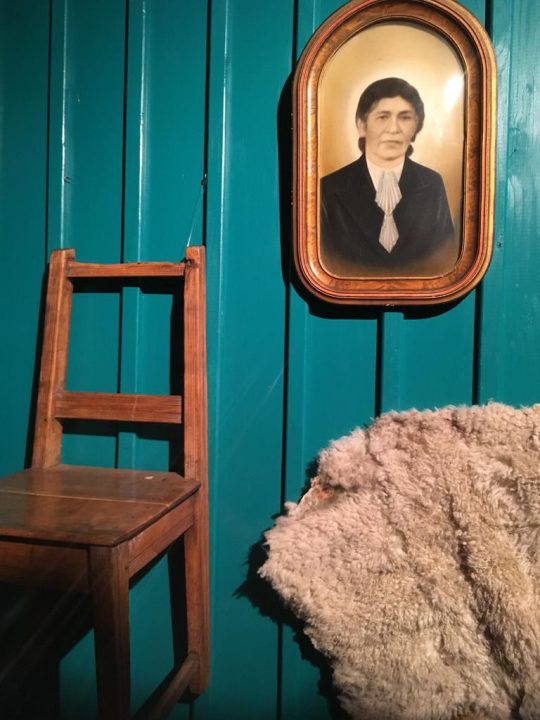
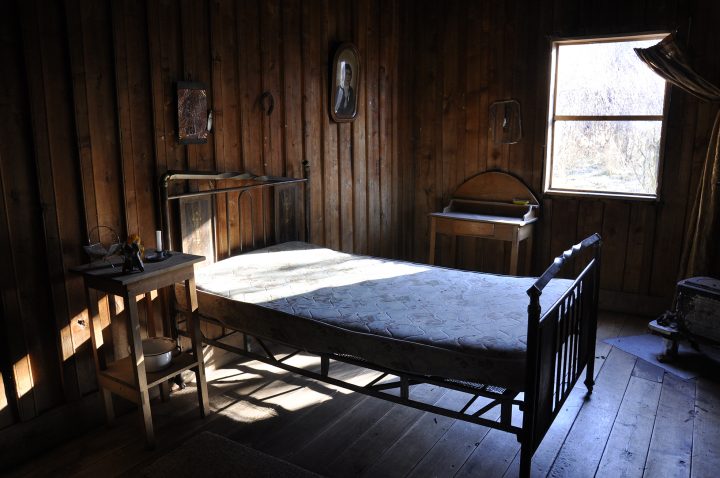
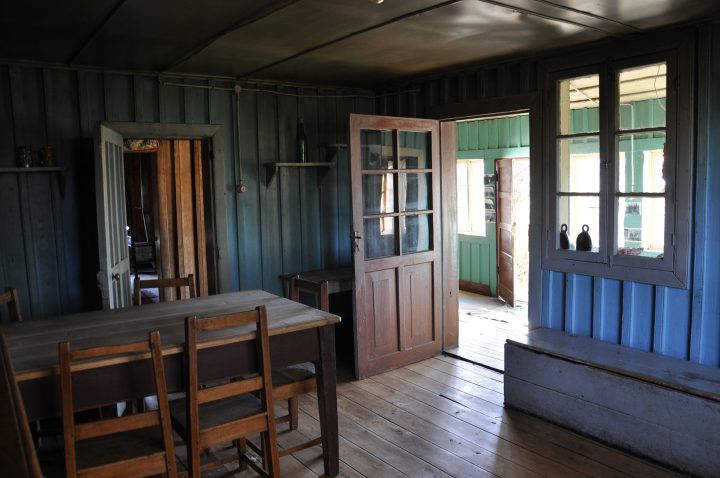
Meanwhile, Aysén will continue presenting the physical and abstract precedents which have marked its evolution’s historical illustrations, since these authors were embroiled with a sensitivity associated to what exists, has been represented and indeed to the symbolic and –extreme- symbolism this place possess. Here is where the transdisciplinary idea develops an equation to interpret its territory intertwined by its inhabitant’s identity regarding their physical spaces and traditions.
The archetypes built from Vernácula Aysén interpret opposing historiographical trends and have affected diametrically other disciplines such as design, cinema, and even anthropology. Because this project is freshened up with so many alloys that it succumbs to other geographies.
When painting, shutting, or building the author is incorporating a tale of its political and conceptual chore. But at the same time, he proposes to review the physical surrounding, with its varied edges and poetics. To this extent, the group has created a re-thinking platform, from an expositive project, the territory’s fluctuations, and the textures enshrouding those architectures that today lie abandoned for different reasons. For that reason, one of its essential characteristics rests on suggesting a bustling perspective, which goes beyond the site.
Through this project, everyday spaces converge between landscapes and architecture. So, if the local history is reviewed, we find different occurrences that have fractured this habitat. This fact, along with others, has allowed the appearance of a series of exploration trips to search more questions than answers.
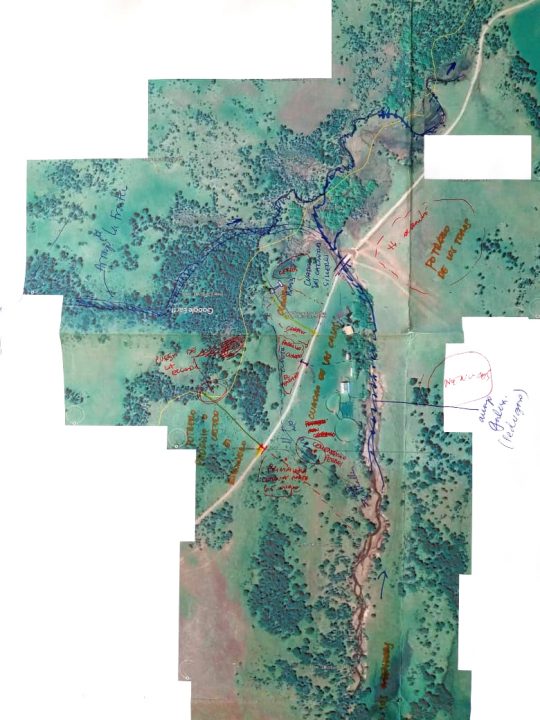
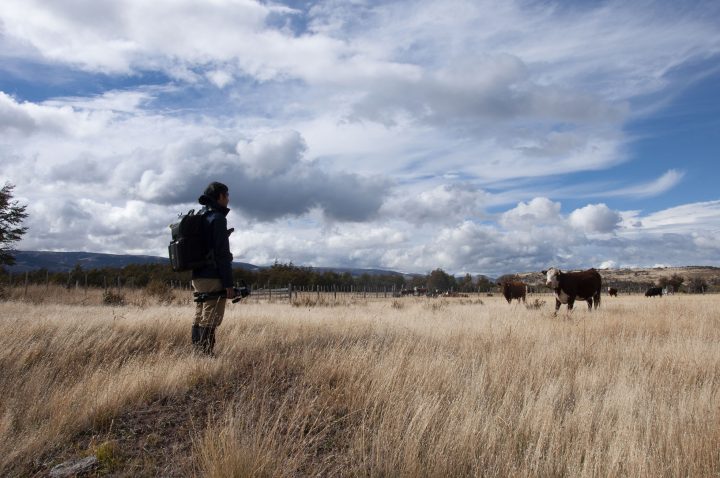
Doubtlessly, Carlos, Constanza, and Francisca redraw some places in Aysén from a particular perspective. They move us to review their proposals eclipsed by the geographic discord´s images. On this matter, the region can no longer be represented just from a figurative image but also from the abstract. Aysén is also trace and line. Hence, this symbolic reading amongst landscape and architecture approach us to an experience, which formats coexistence’s detached frequency. Although it should be noted that with these precepts, the collective tries to join and divide the habitat’s experience through its installations, paintings, and photographs.
To synthesize, beyond Vernácula Aysén’s rhetoric, it can be catalogued as an essential part of all these actions, which transform these artistic discourses on continuous dilemmas. A fact that allow us to collectively face these reflections in order to understand the structures of a region which ties its isolation and, because of its social-political complexity, could be considered as a transdisciplinary study platform, finally presenting it as an intense cultural remnant.
[1] GROYS Boris. Volverse Público: las transformaciones del arte en el ágora contemporánea. Introducción: poética vs. estética (Buenos Aires: Caja Negra, 2014) p. 11.

 Español
Español